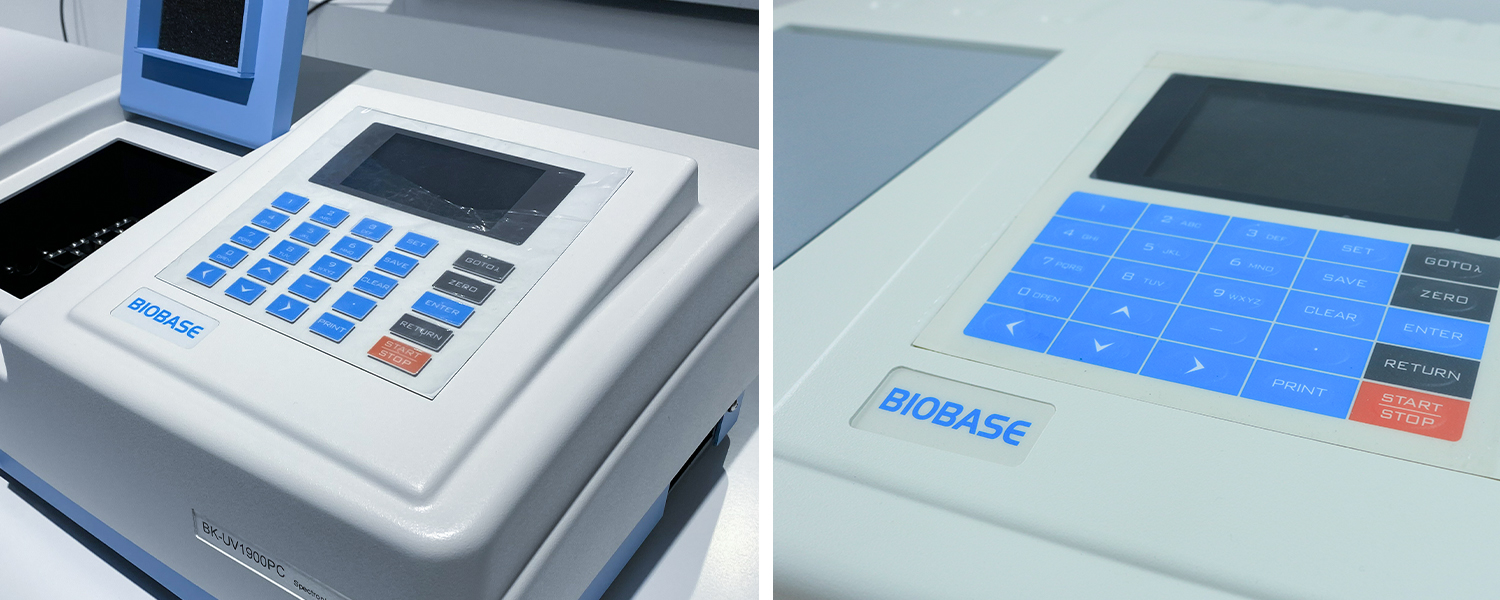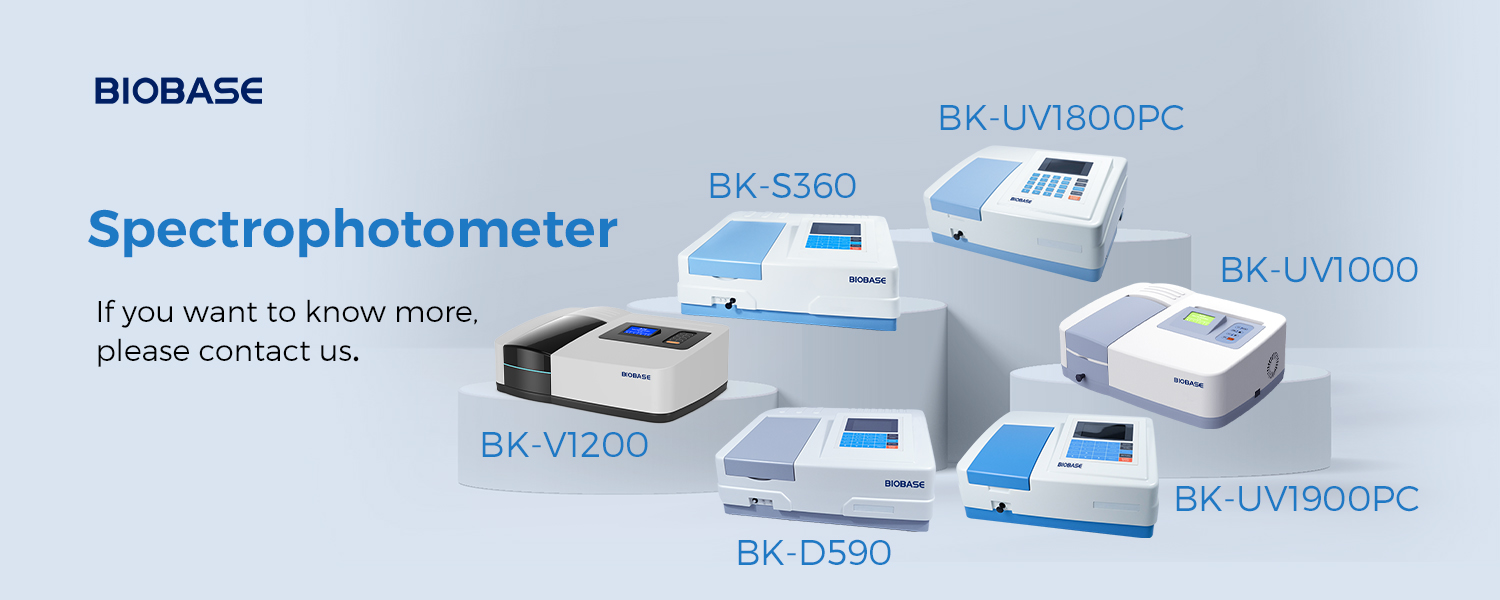The Difference Between Single Beam and Dual Beam Spectrophotometers
Spectrophotometers measure light intensity as a function of wavelength and are commonly used to measure the concentration of a compound in an aqueous solution. Depending on the type of spectrophotometer, different wavelengths of light can be analyzed.
While wavelength range and detection limits are undoubtedly the most important factors to consider when selecting a proper spectrophotometer, there are other important criteria such as:
1.The density, shape, or size of the product you wish to measure
2.Analytical working range
3.Sample throughput
4.Data quality
5.Customizable and/or pre-configured method options
6.Measurement time
There are two main types of spectrophotometers: single beam and double beam. As their names indicate, the major difference between the two instruments is the number of beams of light used in analysis.

Single Beam
In a single beam spectrophotometer, all the light waves coming from the light source pass through the sample as one beam. The instrument is standardized by placing a reference in the sample holder, and the resulting value is subtracted from subsequent sample measurements to remove effects from the solvent and the cell. The sensitivity of detection of the light beam after it passes through the sample is high since it uses a non-split light beam—therefore, high energy exists throughout.
Single-beam UV-Vis spectrophotometers can measure in the wavelength range 190 to 750 nm, although some go up to 1100. The UV region, considered to be any wavelength less than 340 nm, is useful for measuring nucleic acids, purified proteins and other organic molecules, for example.
Double Beam
Conversely, light coming from the source of a double beam spectrophotometer splits into two beams, with only one passing through the sample, and the other only passing through the reference. Each monochromatic beam in turn is split into two equal intensity beams by a half-mirrored device. One beam, the sample beam, passes through a cuvette containing a solution of the compound being studied in a transparent solvent. The other beam, the reference, passes through an identical cuvette containing only the solvent. The intensities of these light beams are then measured by electronic detectors and compared. Double beam spectrophotometers typically offer a measurement range of 190 to 1100 nm.
While not considered an additional type of spectrophotometer, split-beam instruments are similar to double-beam spectrophotometers. However, instead, they rely on a beam-splitter that rapidly alternates the light path between the reference and the sample while using one detector..

Advantages and Disadvantages
While double beam spectrophotometers are the more popular choice in today’s modern laboratories, there are still some advantages to single beam spectrophotometers. The cost-effectiveness of single beam spectrometers is the largest benefit, as well as a smaller footprint compared with other spectrophotometers. Single beam spectrophotometers also exhibit high sensitivity of detection due to high energy throughput from the non-splitting of the source beam.
On the other hand, if an application calls for stability, a single-beam spectrophotometer may not be the best option as the instrument does not compensate for disturbances like electronic circuit fluctuations, voltage fluctuations, mechanical component instability, or drift in the energy of light sources. Such drifts cause abnormal fluctuations in results.2
A double beam instrument, meanwhile, permits compensation for source power fluctuations, greatly improving signal-to-noise and extension to dilute solution samples and measurements with gases.
In general, double beam spectrophotometers operate faster and provide more reproducible results because they perform an automatic correction for the loss of light intensity as the beam passes through the sample and reference solution. Additionally, there is little or no lamp warm-up time, which not only helps improve the throughput of results but also conserves lamp life.
Double beam spectrophotometers are significantly more expensive than single-beam versions, though the lifetime cost of the instrument can be reduced when conversation of lamp life is taken into account.

